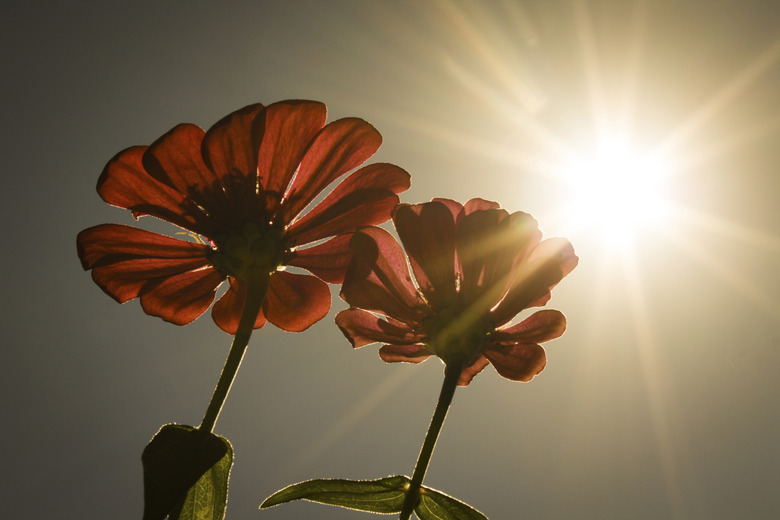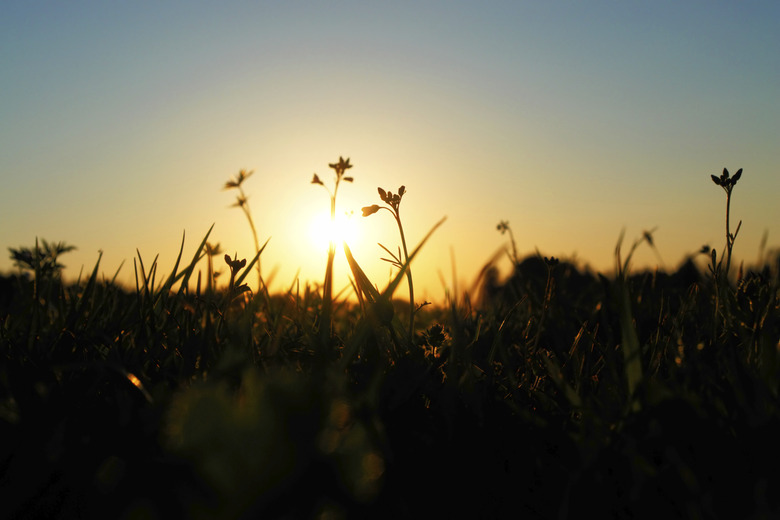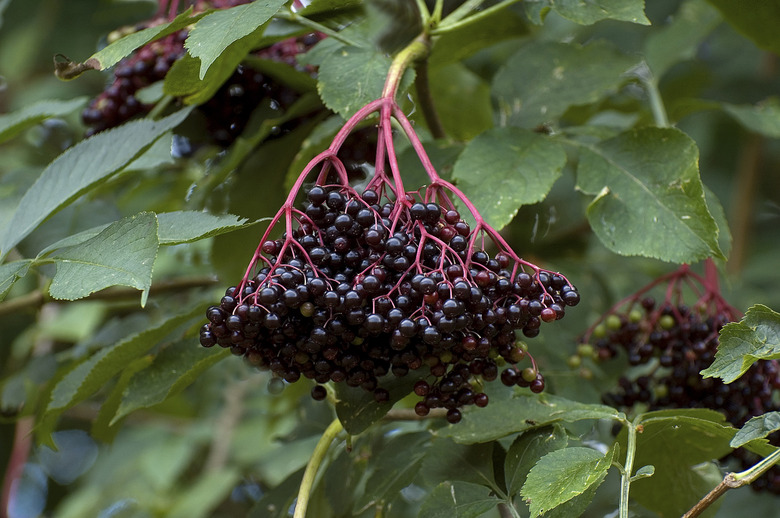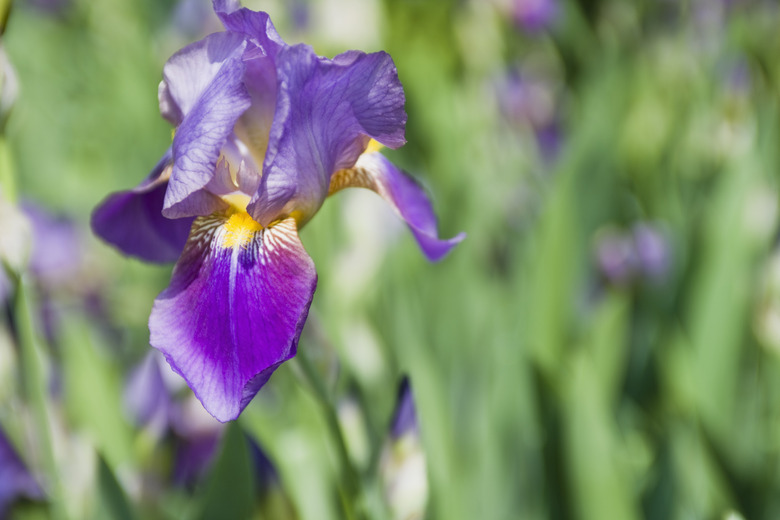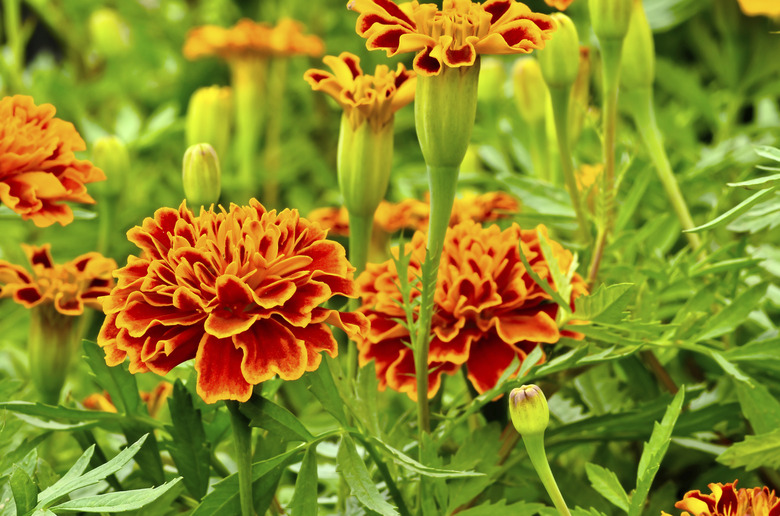The Best Plants For East-Facing Gardens
Gardeners with acres of land have plenty of locations for plants that need full sunlight, but gardeners with less spacious estates may find placing shrubs and perennials requiring full sun more difficult. Many sun-loving annuals, perennials and shrubs thrive on six to eight hours of sunlight, however. An east-facing garden gives these plants a place to bloom.
About Sunlight
About Sunlight
As the Earth turns on its axis, seasons change. During summers, the rays of the sun go through less of the insulating atmosphere, making them more direct and hotter. Sunlight is also less intense as the sun rises and sets because of its angle. At sunset, though, the heat of the day hangs on until evening breezes dissipate it. As the sun rises in the morning, its rays gradually become more intense — just what's needed for evaporating dew. Morning sun and early afternoon sun provide light for photosynthesis, the process plants use to make food. Afternoon sun combines with the heat that builds up all day to create drought conditions. Because the sun rises in the east, many sun-loving plants find an east-facing garden ideal.
Shrubs
Shrubs
Any shrub labeled for full sun to part shade, which includes many flowering shrubs, grows well in an east-facing location. Viburnums, including American cranberry bush, serviceberries, honeysuckles and hydrangeas, produce flowers in spring and throughout the summer. Fruiting shrubs such as alpine currant and elderberry grow berries that attract birds. Some, such as the indigo bush, attract bees and butterflies. Northern bayberry is aromatic. Amur and Japanese maples, often grown as trees, provide brilliant fall colors.
Perennials
Perennials
Although the east-facing garden may not have enough sun to grow roses, many sun-loving perennials grow well in the east-facing garden. Hollyhocks, verbenas and yarrows fill cottage gardens. Lilies, irises, ranunculus and other bulbs and corms grow well facing the morning sun. Tuberous plants such as dahlias also do well, although peonies need more than eight hours of sun. Hostas, with the exception of blue-leaved varieties, develop brighter colors in morning sun. Daisies and day lilies flower prolifically in morning sunshine.
Annuals
Annuals
The energy to grow leaves comes from the soil in the form of nitrogen, but the energy to flower comes from photosynthesis. Unlike perennials that bloom once, annuals bloom again and again, all summer long. Sun-hogs like zinnias might produce new blooms more slowly after deadheading, but petunias, marigolds and most annuals bloom repeatedly in east-facing gardens when kept tidy. If the garden is shaded by a tall building or the sun is dappled by a tree, annuals in containers should be rotated to sunnier locations periodically to keep the garden bright.
References
- University of Illinois Extension: Selecting Shrubs for Your Home
- Lady Bird Johnson Wildflower Center: Native Plant Database: Indigo Bush
- Ohio State University Extension; Growing Hostas; Gretchen Heinke, et al.
- University of Minnesota Extension; Selecting Lilies for Your Garden; Anne M. Hanchek, et al.; 2004
- American Hemerocallis Society: Where Is the Best Place to Plant Daylilies
- Container Gardening Guru: Plant Lighting and Container Gardens
